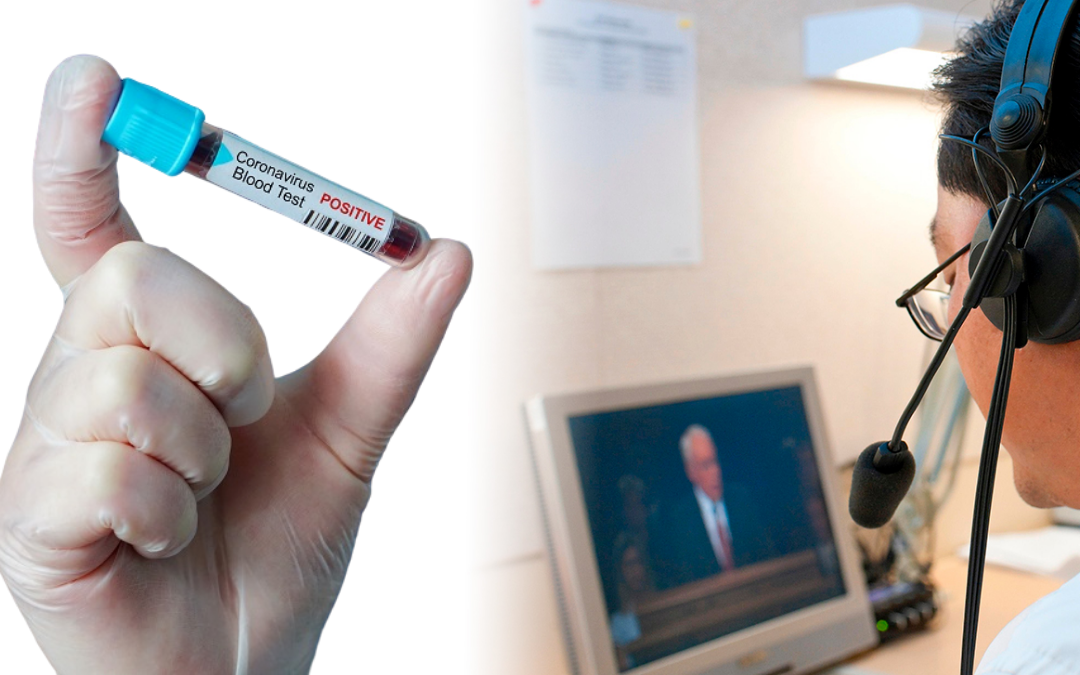As we self-quarantine, we have time to reflect on the impact of COVID-19 (better known as the Coronavirus) on aspects other than our personal lives. Many industries are suffering because of the Coronavirus outbreak, but it should come as no surprise that video conferencing companies are thriving. Zoom for example saw their stock go up by 50% over the past month. Remote work and video conferencing has become the norm. The interpreting industry, however, has been initially reluctant to move operations online. Will the severity and the duration of this outbreak revolutionize interpreting forever?
Reluctancy to Innovate
Some say that COVID-19 will fuel the next wave of innovation. Supply chains will merge into more resilient ecosystems, digital bureaucracies will become mainstream, and mental health support will be provided at scale, digitally. However, the interpreting industry has traditionally been slow to embrace technological advancements. Even though the technology is there to support remote interpreting, many face-to-face assignments are being cancelled. Clients, schedulers and interpreters are often not familiar with the technology, and they worry that remote interpreting will lower the quality of the interpretation service.
Need for Innovation
These concerns are nothing but valid. With face-to-face interpreting, there is no technological barrier. The service is completely personal, the interpreter can pick up subtle cues and it is impossible for technical difficulties to get in the way of an effective and successful interpretation session. Be that as it may, as long as external circumstances prevent interpreters from going on-site, the show must go on. Language access is now more important than ever as citizens with Limited English Proficiency (LEP) desperately need medical language services. So language providers need to adapt quickly, not only to provide much needed language access, but also to remain economically viable.
Future Benefits
Initially, providing interpretation services via video conference will take some getting used to. Clients, schedulers and interpreters need to familiarize themselves with the technology, they need to make sure they are technologically equipped, and they will need to work out a way to make remote interpreting financially viable for all parties involved. The major upside is that once the interpreting service industry jumps through these hoops, whether it is by choice or by force, it will be far better equipped for remote interpreting assignments in the future, because, let’s face it, the industry was always moving in this direction anyway.
Interpreter Intelligence Can Help
Many of our customers have already been using our VRI feature as a replacement for face-to-face assignments. If you provide interpretation services and are looking for remote interpretation solutions, get in touch with our team to learn how we can set up Video Remote Interpreting for your business.


I agree with your point of view, your article has given me a lot of help and benefited me a lot. Thanks. Hope you continue to write such excellent articles.